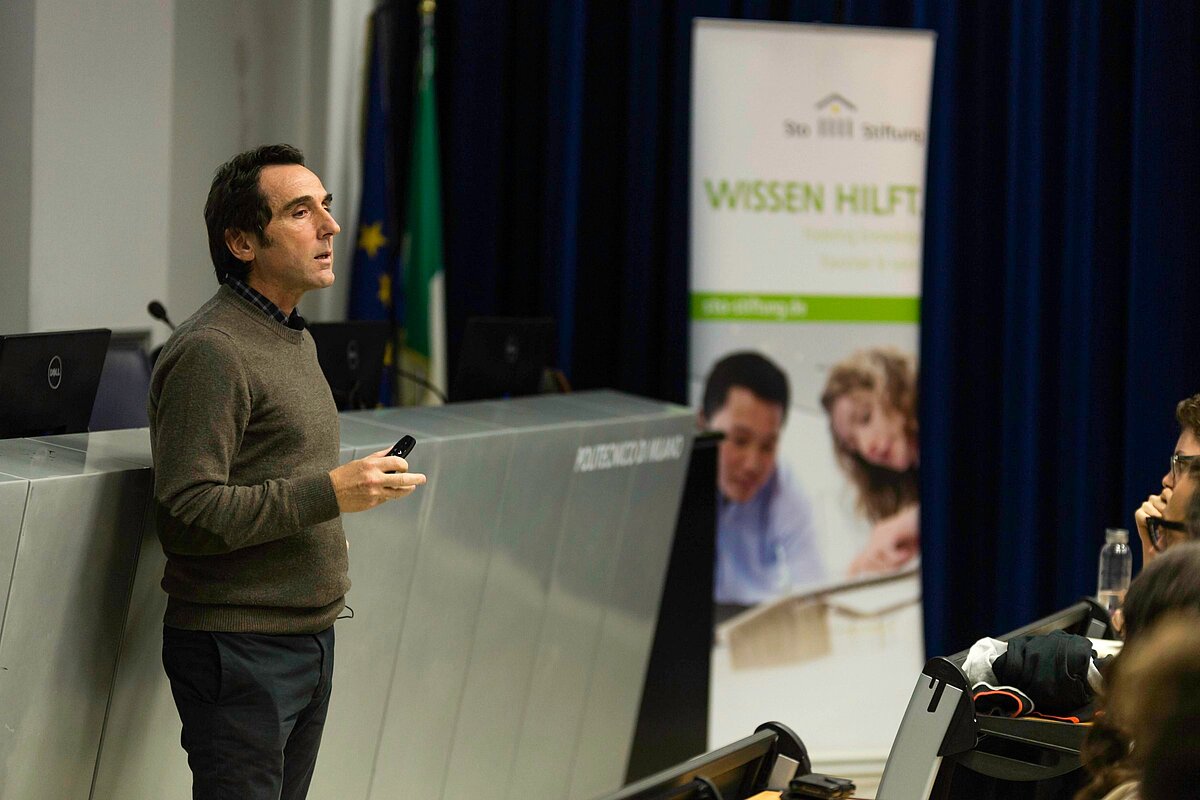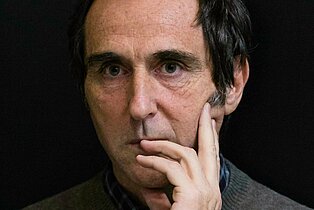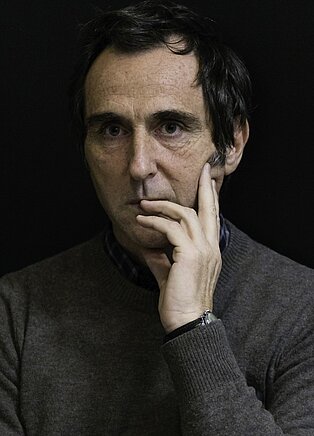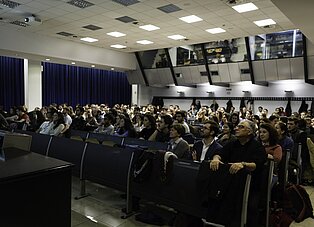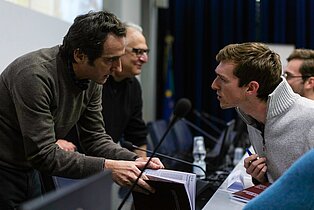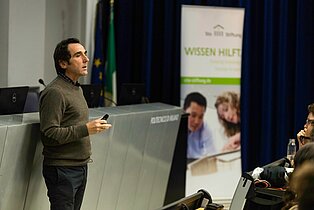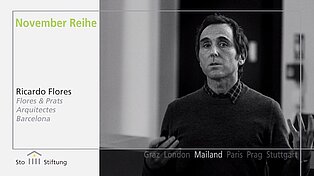Review | Ricardo Flores at the November Conferences 2018 in Milan
This year November conferences kicked off with Ricardo Flores from Flores & Prats Arquitectes, a Catalan architecture studio founded in 1998 in Barcelona that combines geometries, materials and light to create ephemeral, impactful spaces. Deeply connected with its past, the practice is used to look back in order to find the inspiration to create new realities within our cities.
This night lecture was all about Sala Beckett, a cultural space opened in Barcelona characterised by a clever and unique relationship with history that tends to redefine the theme of architectural restoration. What impressed the most was Ricardo Flores attitude, completely devoted to his work and his practice, here presented through a series of surprisingly interesting pictures capable of explaining the philosophy of their process. Satured with colours, their studio can be easily considered as an extension of their architectural view, where materials, references to the past and the glorification of light become the essential points of their designs. The result is a studio that lives around a collection of things belonging to projects and received as a gift by their friends; a continuous evolution of a space that change showing the history of the flat and eager to show the stratification of time. With the same idea, Flores & Prats often represent their design process by means of films where all the ideas and the outputs of their research became a playful and engaging way to present their architectural view.
Flores grabbed the audience by telling the story of Sala Beckett, moving from what there was before and how it changed after. One of the main theme was the recollection of architectural elements, such as doors, windows and tiles. The idea to return an object by placing it in a different space and dimension is a key element in Sala Beckett, which nowadays reflects a past underlined by bright colours, curved shapes and intentionally bare walls left as they were. Along with it, the light played a central role in this peculiar building, retaken after a while to create Liquid Light, a 1 to 25 scale mock up reproducing the core of Sala Beckett.
The design of this installation has been made for the Venice Biennale “Free Space” curated by Grafton Architects. In this occasion, the architects experiment the relation between two very different buildings, particularly having one inside of the other one. Surprisingly, Sala Beckett managed to fit into Le Corderie, a massive building of the Venice Lagoon built in 1300 to host the construction of ropes for naval uses, the gomene. Liquid Light is a balloon frame scenography that is in between two realities: the main one, where the visitor can sense the power of light without seeing the source, and the back one, where the history of the six years design is unravelled in an unexpected way.
Also the “Morning Chapel”, built on the San Giorgio Maggiore Island in Venice, is all about the spirituality of light, thought as a powerful element that has the power to let people rise to other conditions. The building-installation represents for the designers a quiet space where people can discover the fragmentary condition of the built element, which is completed by the surrounding forest present on the island. Flores and Prats usually create maquettes of their buildings in order to reproduce, of course in scale, the precise sensation that guests feel inside the spaces they design. In some way, for Flores the model is the moment in which you start facing the reality of things, before on the paper and then in the threedimensional space.
Interview with Ricardo Flores
Find the Video-Interview on our YouTube-Channel.


